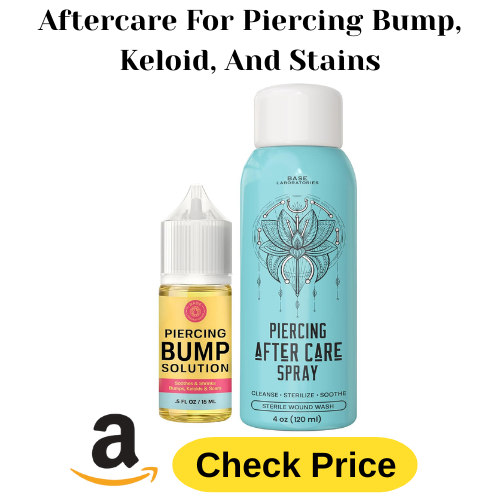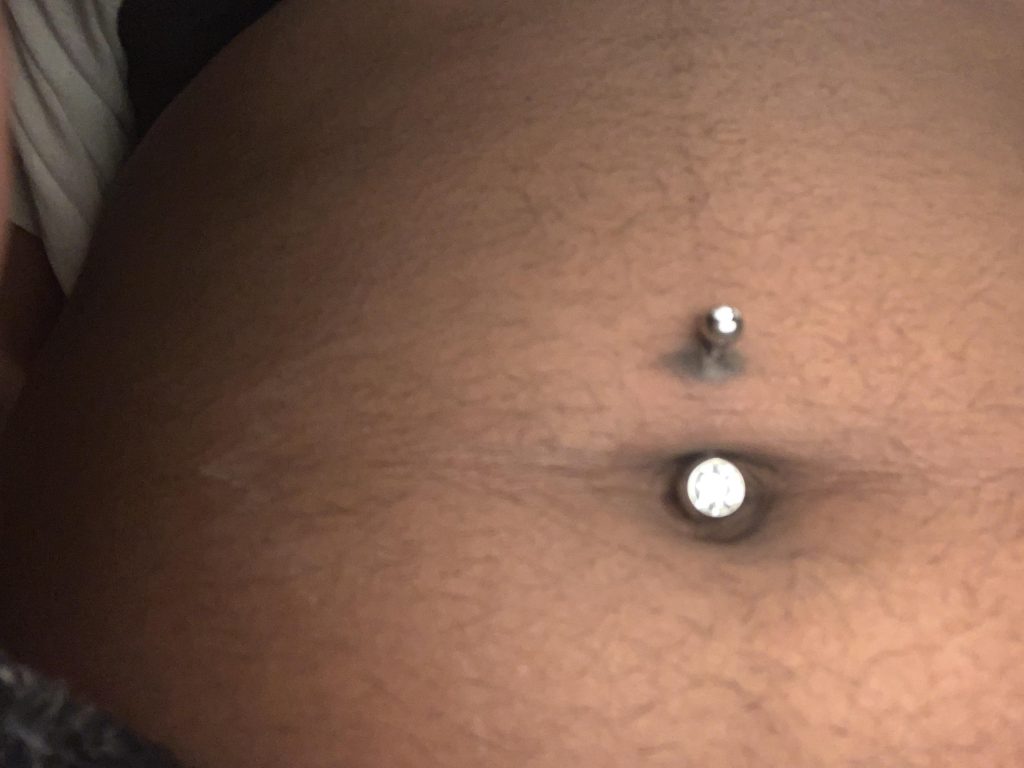Hyperpigmentation around a belly button piercing can be an annoying and confidence-denting issue. This darkening of the skin is often caused by irritation, inflammation, or poor aftercare following the piercing process. Fortunately, there are effective ways to treat and fade this discoloration with the right care and products. In this article, we’ll break down the causes of hyperpigmentation around navel piercings and provide practical, dermatologist-backed solutions to help restore even-toned skin.
Aftercare To Get Rid Of Hyperpigmentation, Dark Circle, And Bump Around Belly Button Piercing
What Causes Hyperpigmentation Around Belly Button Piercings?
Hyperpigmentation refers to the darkening of an area of skin due to increased melanin production. Several factors can contribute to this around a belly button piercing:
-
Post-inflammatory hyperpigmentation (PIH): This is a common skin response after inflammation or injury, such as trauma from a piercing.
-
Allergic reactions or metal sensitivity: Jewelry made from nickel or low-grade metals can irritate the skin and trigger pigmentation changes.
-
Poor aftercare: Failing to keep the piercing clean can lead to infections and inflammation, which in turn can cause discoloration.
-
Friction or tight clothing: Constant rubbing from tight clothes can irritate the skin, prolong healing, and lead to dark marks.
How To Get Rid Of Hyperpigmentation Around Your Belly Button Piercing
Here are some effective steps and treatments to help fade the dark spots and restore your skin’s natural tone:
1. Switch to Hypoallergenic Jewelry
If you suspect your piercing jewelry might be causing irritation, switch to high-quality materials like:
-
Surgical stainless steel
-
Titanium
-
Niobium
-
14k or 18k gold
Avoid nickel-containing metals, which are common allergens.
2. Gentle Cleansing and Aftercare
Maintain good hygiene using a gentle, fragrance-free cleanser. Clean the area twice daily with saline solution or a mild antiseptic recommended for piercings. Avoid scrubbing or harsh soaps.
3. Topical Treatments for Hyperpigmentation
Apply over-the-counter or prescription treatments containing the following ingredients:
-
Niacinamide: Reduces inflammation and lightens dark spots over time.
-
Vitamin C: A powerful antioxidant that helps brighten skin and inhibit melanin production.
-
Alpha Arbutin: A gentle but effective ingredient that fades pigmentation.
-
Retinoids (retinol or tretinoin): Promote cell turnover and fade dark spots, though they should be used cautiously around sensitive or healing skin.
-
Hydroquinone: A strong skin-lightening agent (often prescription-only), used short-term under medical supervision.
Always patch test before applying any product around a piercing and avoid open or healing wounds.
4. Sun Protection is Crucial
UV exposure can worsen hyperpigmentation. Apply a broad-spectrum sunscreen (SPF 30 or higher) to your abdomen if it will be exposed, even indoors if you’re using brightening products like retinoids or vitamin C.
5. Exfoliate Weekly
Gentle exfoliation can help fade pigmentation by removing dead skin cells. Use mild exfoliants like:
-
Lactic acid or glycolic acid pads
-
Enzyme-based exfoliators
Avoid physical scrubs that may irritate the skin around the piercing.
6. Consider Professional Treatments
If at-home care doesn’t work, dermatologists offer advanced solutions like:
-
Chemical peels: Light peels with glycolic or salicylic acid can help even out pigmentation.
-
Laser therapy: Targets melanin and breaks it down effectively, especially for stubborn spots.
-
Microneedling: Stimulates skin renewal and collagen production, aiding in fading dark marks.
Always consult a professional before undergoing these procedures, especially near a piercing site.
7. Be Patient and Consistent
Hyperpigmentation takes time to fade. With regular care, you can expect to see gradual improvement over several weeks to a few months. Avoid picking, scratching, or further irritating the area, as this can worsen the discoloration.
When To See a Dermatologist
If the hyperpigmentation persists or worsens, or if there are signs of infection (such as pus, redness, swelling, or pain), it’s best to consult a dermatologist. They can provide a proper diagnosis and create a targeted treatment plan.
Final Thoughts
Hyperpigmentation around your belly button piercing is treatable with the right combination of care, products, and patience. Focus on soothing the skin, using safe and effective lightening agents, and protecting the area from further damage. Whether you’re dealing with recent discoloration or old dark marks, consistent effort can restore your skin’s natural, even tone.




